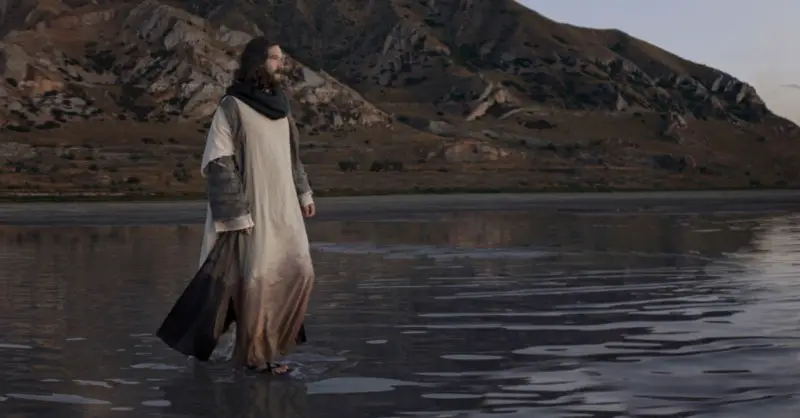 rcheologists have always questioned events from the bible in their search to find hard evidence of locations where those events had occurred. Within the New Testament, there are many mentions of Jesus performing various miracles to do good but also to prove to the world that he is the son of God. Within the New Testament, there is mention of a town called Bethsaida found next to the Sea of Galilee in Israel.
rcheologists have always questioned events from the bible in their search to find hard evidence of locations where those events had occurred. Within the New Testament, there are many mentions of Jesus performing various miracles to do good but also to prove to the world that he is the son of God. Within the New Testament, there is mention of a town called Bethsaida found next to the Sea of Galilee in Israel.
Recent excavations revealed that the settlement of Bethsaida was founded in the 10th century B.C.E. during the biblical period. This follows the sort of details that are presented within the bible. Based on the bible, Jesus was born around 4 B.C. and later in his life traveled to Bethsaida to restore the sight of a blind man who lived near the Sea of Galilee.
After Jesus had performed a miracle where he multiplied five loaves of bread and two fishes to make enough food to feed 5,000 people in the middle of the desert, he wanted to spend some time alone to pray. Therefore he told his disciples to get on a boat and travel to the other side of the Sea of Galilee. Near the end of the disciples’ journey, a dangerous storm overtakes their boat and they start wondering where is God to save their lives.
“When they had rowed about three or four miles, they saw Jesus approaching the boat, walking on the water; and they were frightened.” ~ John 6:19
This is where Jesus comes in the help of disciples, walking on water, and once Jesus had climbed on board of the boat, the storm suddenly stopped. When the disciples saw Jesus walking on water, they were truly convinced that he was the son of God. This is sort of like the turning point within biblical history, as at that moment and through this miracle did Jesus gain 100% trust from his disciples who helped spread the word of Christianity.
We know that this had happened on the Sea of Galilee, somewhere near Bethsaida, but the exact location of where Bethsaida is or where the lake in which this miracle was performed still remains a mystery, until now. Recently, two archaeological sites, located about 1.2 miles (2 kilometers) apart — et-Tell and el-Araj — are considered the leading candidates for Bethsaida, but archaeologists don’t agree on which site is the biblical city.
A team led by Rami Arav, a professor of religious studies at the University of Nebraska Omaha excavating at et-Tell, a site that his team is convinced is Bethsaida. Their excavation started in 1987 and they only unearthed enough evidence in 1995 for experts to consider this site as a candidate for Bethsaida. Due to the large area and meticulous process, it takes years to uncover such grounds. Recently, more evidence has been unveiled, showing potential for this to actually be the location.
At the same time, digging has been done in El-Araj a settlement close by that date at least to the first century A.D. in ancient Israel. According to John Shroder, an emeritus professor of geography and geology at the University of Omaha, the location looks like the land was stable enough despite being next to a body of water, to house more structures, enough to make a small village.
On the other hand, many criticize Shroder by saying that for a settlement to grow and develop during biblical times, it must have been above water. In a book entitled “Biblical Archaeology Review,” the authors mention that El-Arak had been used as a temporary military camp during a Jewish revolt against the Romans between A.D. 55 and 73.
Historical records say that Bethsaida was upgraded to a city during the first century A.D., and they think that el-Araj was a more sizable site than et-Tell at this time. discoveries made at el-Araj have cast a shadow of doubt on this site and according to Jodi Magness, a professor in the Department of Religious Studies at the University of North Carolina Chapel Hill. He states that there is enough evidence of an existing settlement at et-Tell during the time of Jesus’ ministry.
Avid Writer with invaluable knowledge of Humanity!
Upcoming historian with over 30 million views online.
“You make your own life.”





